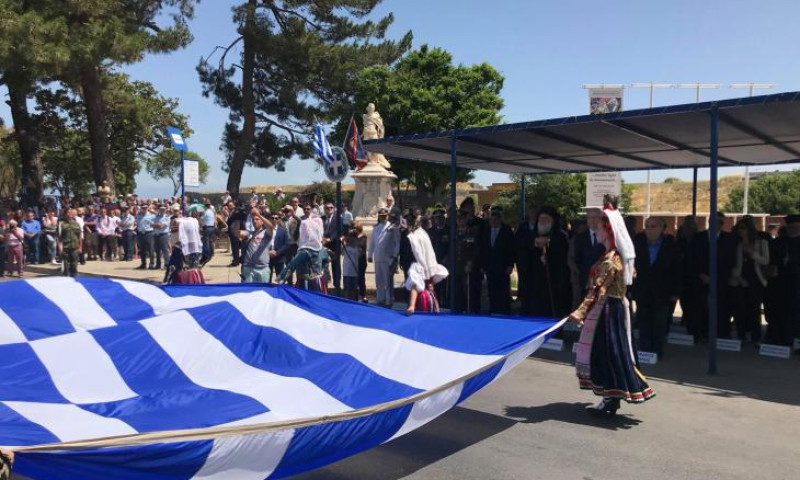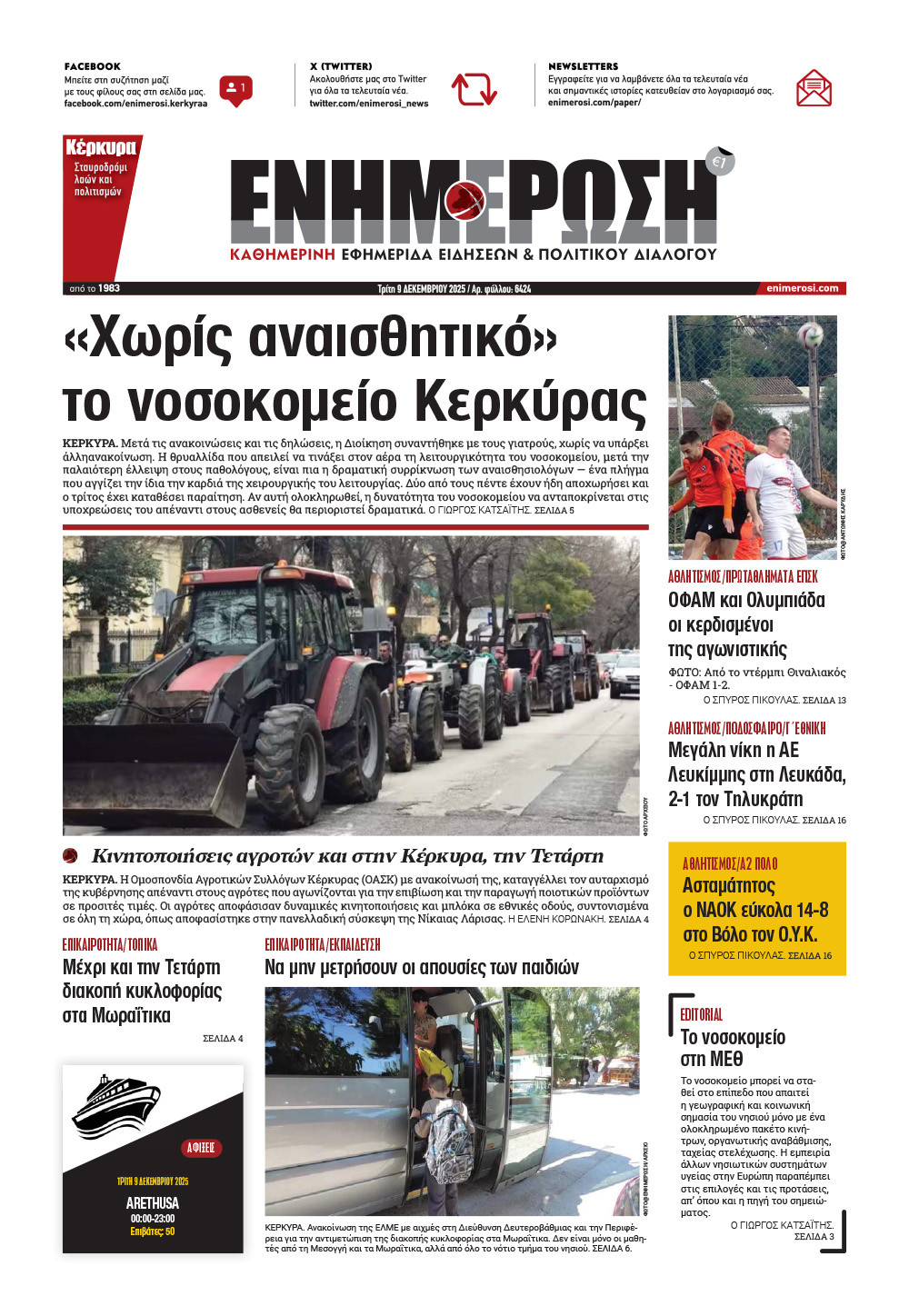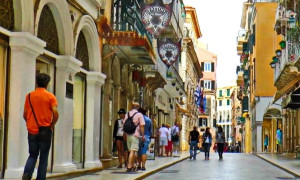Corfu: A cultural crossroads with a global outlook

CORFU. Corfu’s twin-city partnerships serve both as a reflection and a vehicle of the island’s and the Ionian Islands’ international reach.
May 21st is not merely a date recorded in the annals of the national calendar.
For Corfu, the anniversary of the union of the Ionian Islands with Greece serves as a living reminder of its unique identity—not just as a Greek island, but as a point of geopolitical and cultural convergence, where history is not the past, but a continuous present.
Corfu never experienced Ottoman rule—and this "no" profoundly shaped its development. Instead, it absorbed elements from Venetian, French, British and Russo-Turkish influences, forming a distinct blend of cultural heritage. The arcades of the Liston, the island's philharmonic tradition, and its urban ethos are not merely historical references, but living expressions of identity.
Its geographical location, at the crossroads of the West and the Balkans, has always made it an active recipient of cultural and commercial exchange. This ongoing contact with the outside world fostered a deep sense of openness, which today translates into strategic alliances, international relations, and a network of twin-city partnerships spanning Europe, America, and Asia.
International relations as a cultural mirror
Many of Corfu’s sister-city partnerships date back to the 1980s—a time when the concept of intercultural cooperation was not yet mainstream. From Rhodes in 1984 and Krusevac in Serbia in 1985, to more recent partnerships with Chinese cities like Taian and Jinan, there is a consistent thread of political will for international engagement.
However, the effectiveness of these ties depends on their sustainability.
Several partnerships, such as those with Brindisi or Zemun, are currently inactive—whether due to a lack of resources or absence of political will. In such cases, the concept of twinning deteriorates into a symbolic gesture with no substance. In contrast, active collaborations—like those with Paphos, Ioannina, Parma or Meissen—demonstrate how cultural diplomacy can be productive on a local level through joint initiatives, festivals, educational exchanges and delegation visits.
Notably, relations with cities in Serbia (Belgrade, Krusevac, Novi Sad) and Cyprus (Paphos, Famagusta, Assia, Tremetousia) confirm a stable Balkan and Greek-Cypriot axis of cooperation.
In some cases, collaborations remain stalled due to institutional delays: agreements with Bar in Montenegro, certain Chinese cities, or Saint Petersburg have not yet been ratified or advanced to a second stage. Reactivating these partnerships—targeting tourism, education and culture—could give new momentum to the island's international identity.
Networks of towns: Institutionalising identity
Corfu’s participation in organised networks such as the “Paphos Network” (since 1995) and the “Ioannis Capodistrias Cities Network” (since 2007) strengthens the institutional framework of its international relations. These initiatives go beyond ceremony and highlight Corfu’s role as a hub of dialogue, memory and cooperation, capitalising on its historic status as the birthplace of Capodistrias.
An island open to the world
Corfu’s outward-looking nature is not a recent phenomenon; it is an inseparable part of its identity. In commemorating May 21st, the goal is not merely to revisit history but to continue a forward-looking orientation toward the world. Corfu has never been isolated—and the challenge today is to remain what it has always been: an open place, a gateway of cultures, a living hub of European and international connection.
ANNA LAZAI





